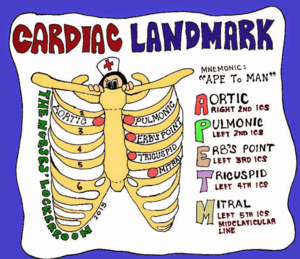14101836
Hydrochlorothiazide
Resource summary
| Question | Answer |
| Trade names | Dithiazide |
| Therapeutic class | diuretic |
| Pharmacological class | Thiazide diuretic |
| indications | HTN Oedema |
| Action | Increases sodium and water excretion by inhibiting sodium and chloride reabsorption in the nephrons distal segment. |
| Therapeutic effect | Lowers blood pressure, increases water and sodium excretion |
| Absorption | 50 - 60 % absorbed by the GIT |
| Distribution | Crosses the placental but not blood-brain barrier - can be found in breast milk |
| Metabolism & excretion | Not metabolised but is excreted rapidly by kidneys |
| Half-life | 6- 12 hours |
| Contraindications/precautions | Contraindicated in individuals hypersensitive to other thiazide or other sulfonamide derivatives and in those with anuria. Use cautiously in: children and individuals with severe renal disease or impaired hepatic function. |
| Possible adverse reactions | CNS: dizziness, headache, vertigo CV: orthostatic hypotension, dehydration Eye: blurred vision GI: anorexia, N + V, abdo pain, diarhhoea, constipation GU: frequent urination, polyuria, renal failure Metabolic: hypokalaemia, hyperglycaemia, fluid and electrolyte imbalance, gout |
| (interactions) Use with | Corticosteroids can cause hypokalaemia and electrolyte depletion Opiates can increase orthostatic hypotensive effect Lithium can inc. risk of lithium toxicity Insulin can dec. effect of hypoglycaemic drugs |
| Nursing assessment implications | Blood Pressure Monitor fluid intake and output, weight, blood pressure, serum electrolyte levels Monitor serum creatinine and urea levels regularly Monitor blood glucose level Monitor blood uric acid level |
| Education | Take drug with food to minimise GI upset Take drug in morning to avoid nocturia. Tell patients to report adverse effects and Watch for signs of hypokalemia - muscle cramps/weakness Wear sunscreen when outdoors |
Want to create your own Flashcards for free with GoConqr? Learn more.

